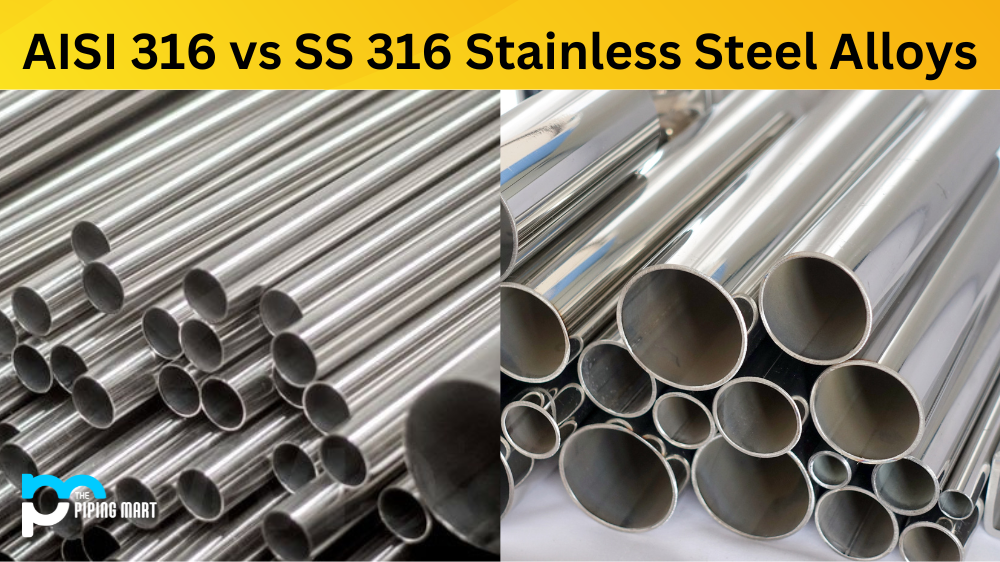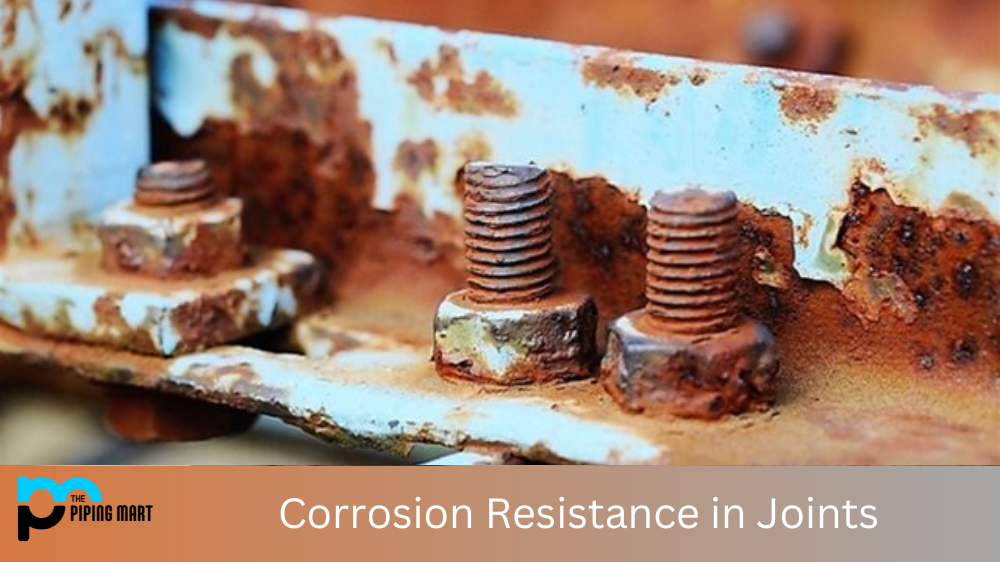Understanding the differences between AISI 316 (American Iron and Steel Institute) and SS 316 (Stainless Steel 316) stainless steel alloys is critical for anyone involved in engineering or manufacturing. In this blog post, we’ll explore the similarities and differences between these two alloys so that you can make an informed decision when selecting a stainless steel alloy for your next project.
Difference Between AISI 316 and SS 316
AISI 316 and SS 316 are both austenitic stainless steel sheets containing chromium, nickel, and molybdenum. The main difference between AISI 316 and SS 316 is that AISI 316 includes a higher percentage of chromium. Additionally, AISI 316 has a higher carbon content than SS 316.
Chemical Composition
The chemical compositions of both AISI 316 and SS 316 are similar, although there are minor differences. Both contain 16-18% chromium, 10-14% nickel, 2-3% molybdenum, and trace amounts of manganese, silicon, sulfur, phosphorus, nitrogen, aluminium, titanium and other elements. However, the exact composition of each alloy varies depending on the manufacturer. It’s essential to check with the manufacturer before purchasing either alloy to ensure it meets your needs.
Mechanical Properties
When comparing mechanical properties such as tensile strength, yield strength, flexibility and elongation at the break between AISI 316 and SS 316 alloys, it’s important to note that they are very similar in most cases. The main difference is that SS316 has slightly higher levels of chromium which gives it better corrosion resistance than AISI316 in specific environments. Both alloys have excellent workability when cold forming or machining, so they’re well-suited for various applications.
Properties
The properties of AISI 316 include high strength, good corrosion resistance, good weldability, and good formability. The properties of SS 316 have high strength, good corrosion resistance, good weldability, and good formability.
Applications
AISI 316 is often used in food processing equipment, chemical processing equipment, marine applications, and paper mills. SS 316 is often used in food processing equipment, chemical processing equipment, marine applications, paper mills, and power plants.
Advantages
The main advantage of AISI 316 over SS 316 is its higher chromium content. This gives AISI 316 better corrosion resistance than SS316. Additionally, AISI316 has a higher carbon content than SS316, which provides it with better strength at elevated temperatures.
Disadvantages
The main disadvantage of AISI316 over SS316 is its higher cost. Additionally, AISI316’s higher carbon content can make it more susceptible to intergranular corrosion
Conclusion:
Overall, both AISI316 and SS316 stainless steel alloys are excellent choices for many applications such as automotive components, kitchen appliances, medical instruments and more due to their similar chemical compositions and mechanical properties. The main difference lies in their corrosion resistance; SS316 provides better corrosion protection than AISI316 in specific environments due to its higher chromium content. By understanding the similarities and differences between these two alloys, you can make an informed decision when selecting stainless steel for your next project.

Abhishek is a seasoned blogger and industry expert, sharing his insights and knowledge on various topics. With his research, Abhishek offers valuable insights and tips for professionals and enthusiasts. Follow him for expert advice on the latest trends and developments in the metal industry.




